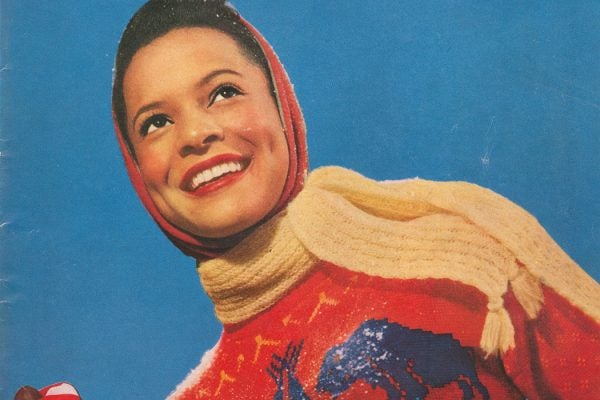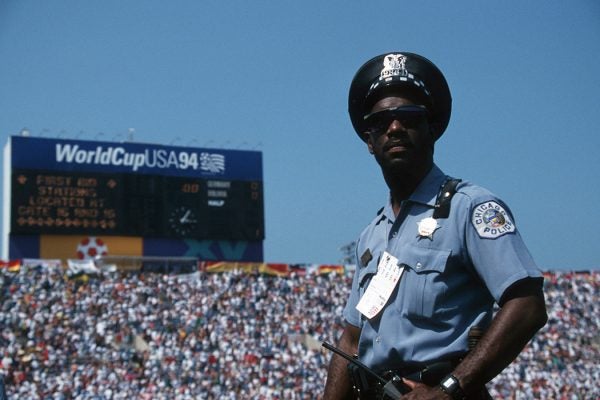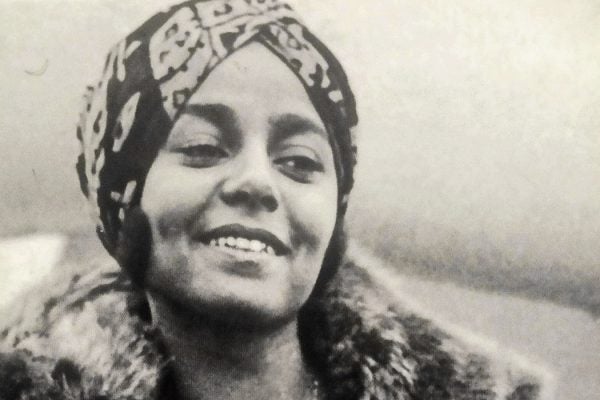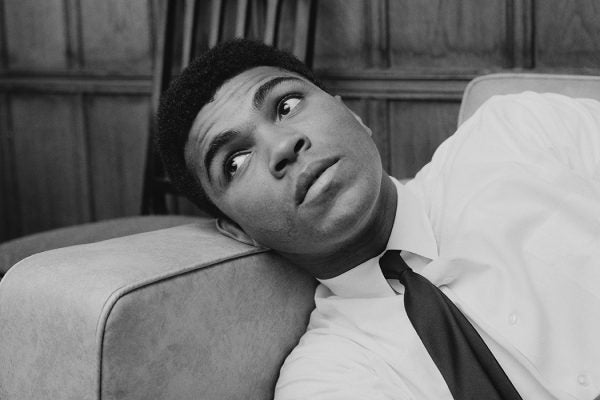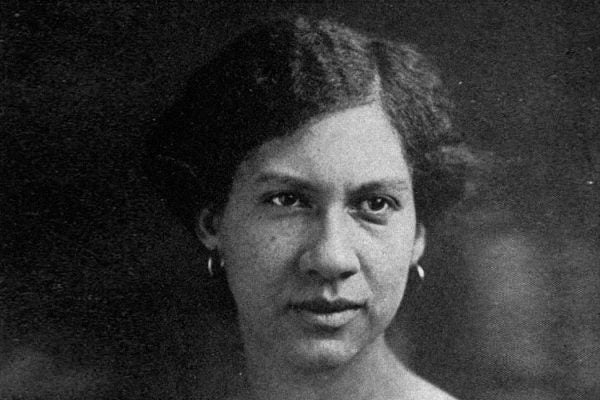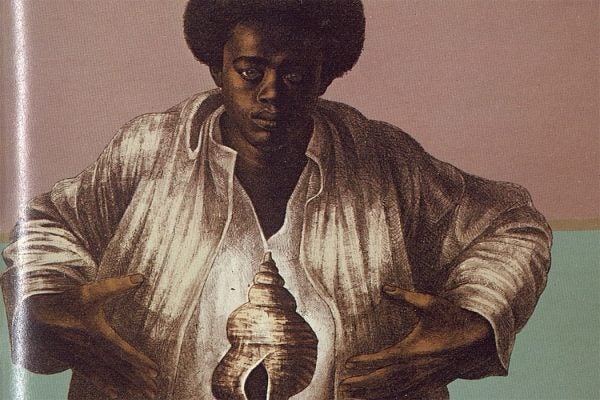The Life of Matilda Sissieretta Jones
Nearly forgotten today, Jones thrilled audiences with classical music performances at the end of the nineteenth century.
Black Images and the Politics of Beauty
How Black-owned charm schools and modeling agencies challenged stereotypes of African American women after World War II.
The Black Cops Who Fought Brutality on Their Own Force
In 1960s Chicago, members of the Afro-American Patrolman's League challenged oppressive policing in Black communities.
Madame Stephanie St. Clair: Numbers Queen of Harlem
The colorful career of a woman who ran a gambling ring, fought police corruption, and challenged white mobsters.
How Muhammad Ali Prevailed as a Conscientious Objector
The heavyweight champion lost his title when he refused induction into the military during the Vietnam War.
How Sculptor Meta Warrick Challenged White Supremacy
A 1907 exhibition on the founding of Jamestown featured the work of an artist determined to counter demeaning stereotypes.
Black Women Have Written History for over a Century
Barriers of racism and sexism slowed them down, but academia wasn't their only venue.
Poems by 10 Contemporary Black Poets
Poems by Black poets, including Morgan Parker, Hanif Abdurraqib, Simone White, Terrance Hayes, and more.
A New Civil Rights Movement, a New Journal
Freedomways, the African American journal of politics and culture chronicled the civil rights and Black freedom movements starting in the early 1960s. Read it on JSTOR.
Celebrating Black Artists
Profiles of Betye Saar, Krista Franklin, Miles Davis, Basquiat, Kanye West, Faith Ringgold and more.

